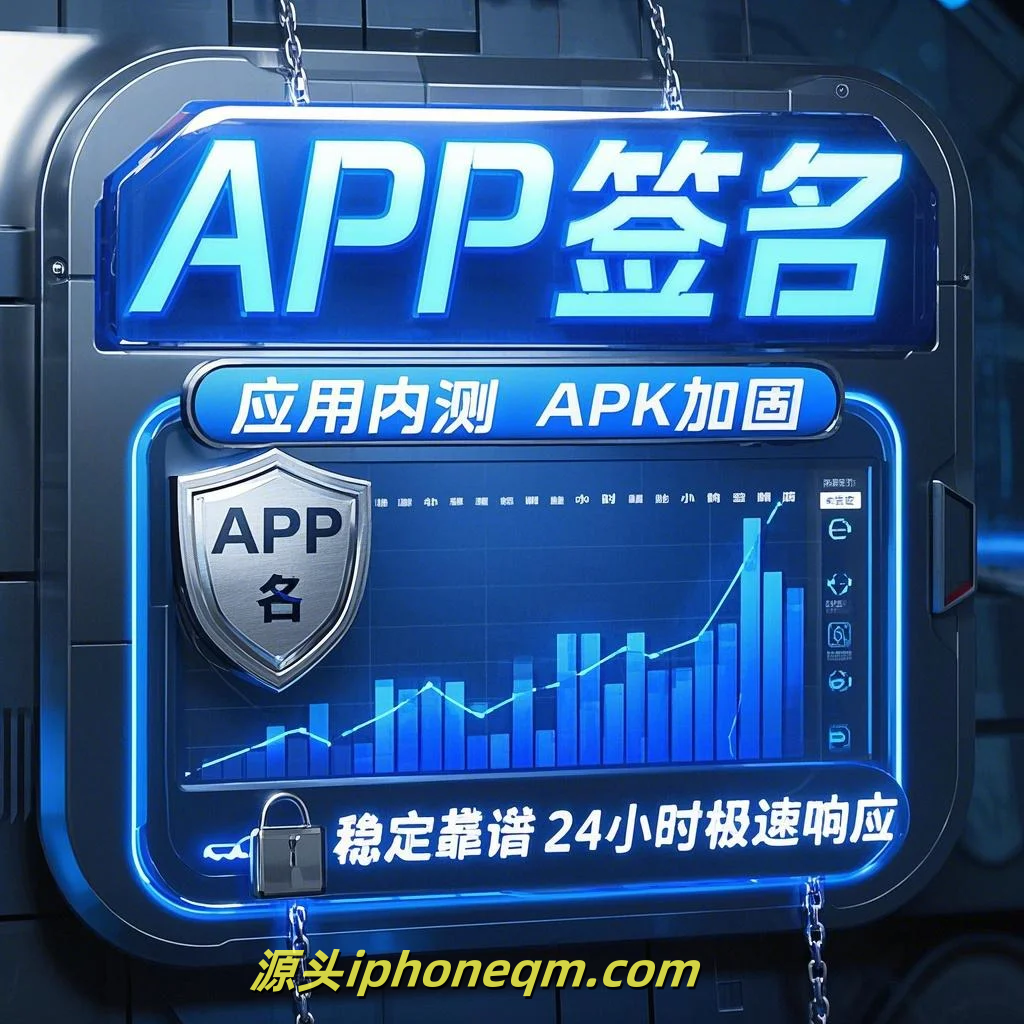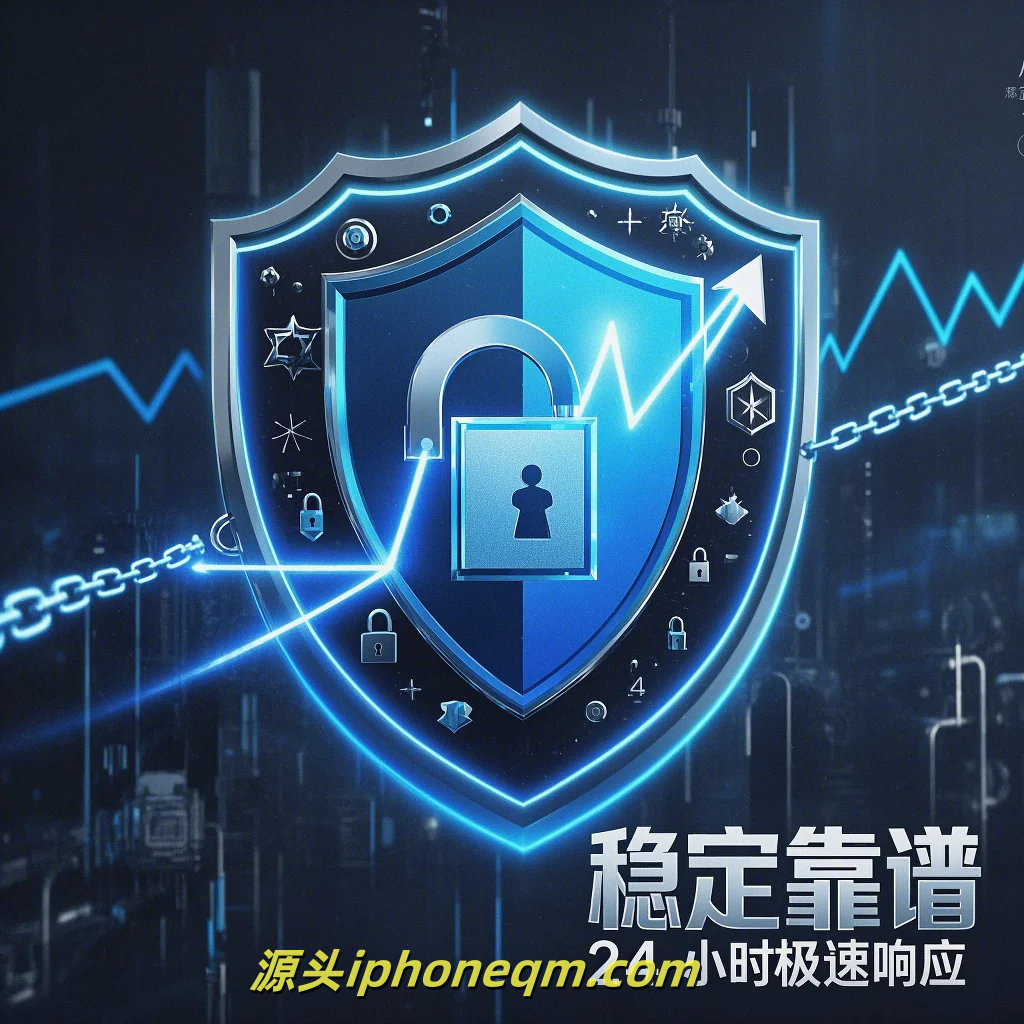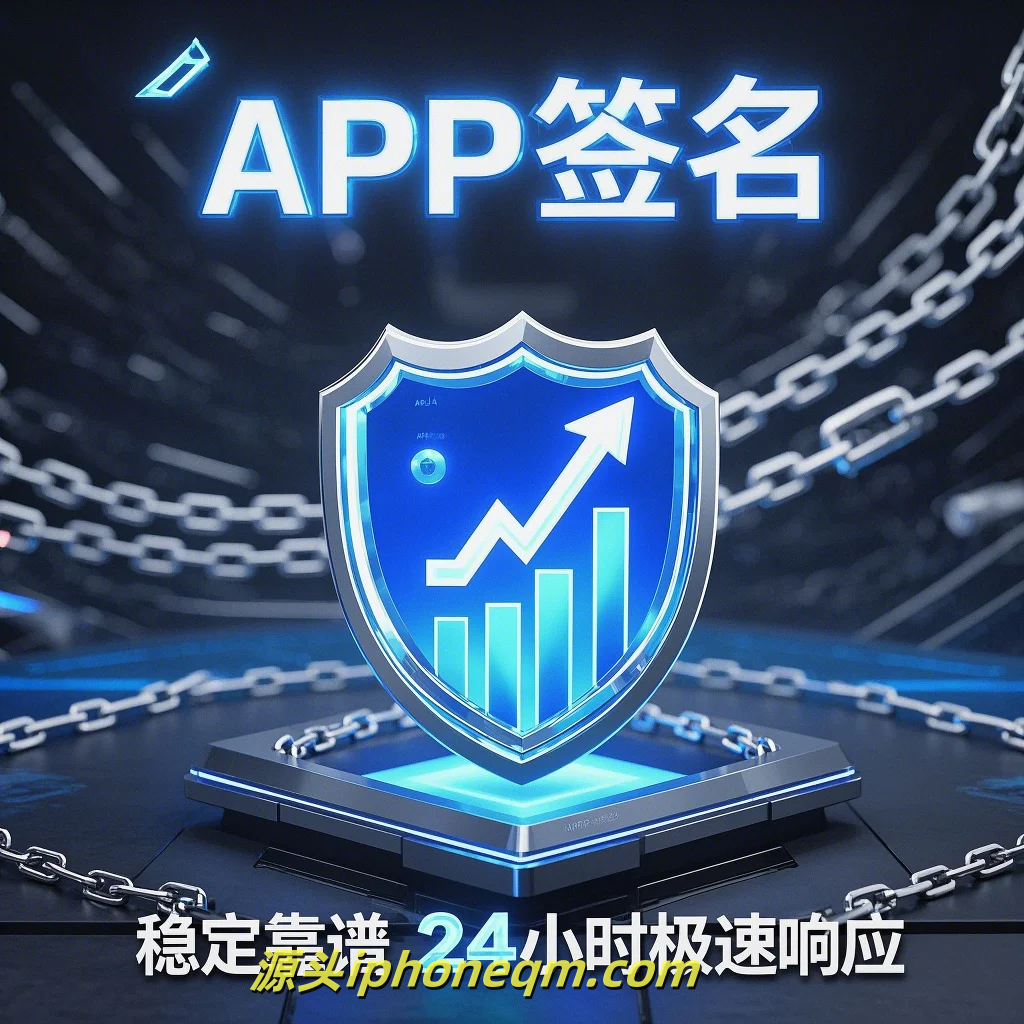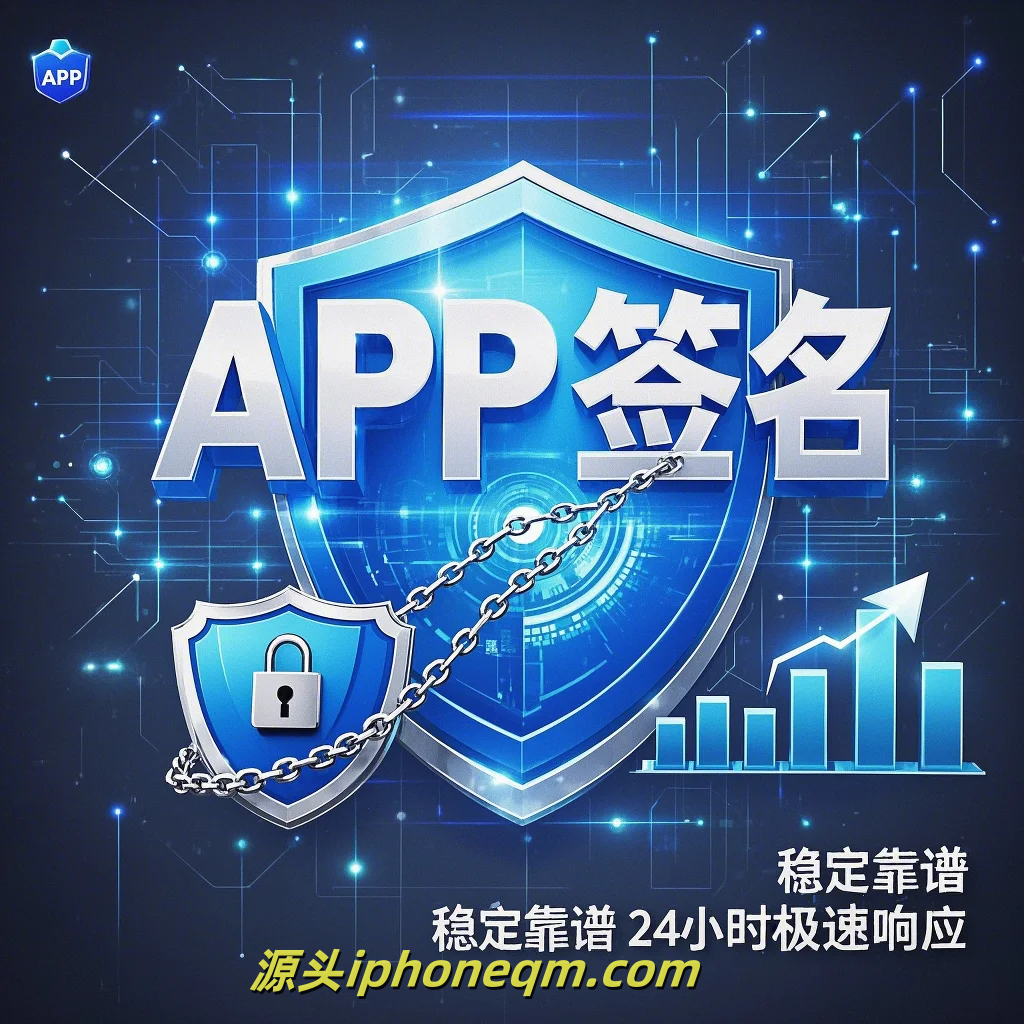The Fundamentals of Achieving Effective iOS Signing
In the world of iOS app development, effective signing is a critical step that developers must master. Whether you are a seasoned developer or just starting your journey in the iOS ecosystem, understanding the fundamentals of app signing is essential for ensuring your application runs smoothly on Apple devices.
To begin with, let’s discuss what iOS signing is and why it matters. iOS signing involves applying a digital signature to your app, which is critical for authentication and security. Apple uses this process to verify that the app has been developed by a legitimate source and that it has not been tampered with. This step is crucial not only for maintaining the integrity of the app but also for protecting users from malicious software.
One of the first components of iOS signing is the provisioning profile. A provisioning profile is a set of rules that ties your Apple Developer account to your app and its associated devices. There are two main types of profiles: development and distribution. Development profiles are used during the testing phase, enabling developers to run their apps on real devices. In contrast, distribution profiles are used when submitting your app to the App Store, ensuring it meets Apple’s stringent requirements.
Obtaining a development certificate is another fundamental step in achieving effective signing. Develop a strong understanding of how to create and manage certificates through the Apple Developer portal. You’ll typically need to generate a Certificate Signing Request (CSR), which is used to create your development and distribution certificates. This process ensures that only authorized developers can sign apps associated with your account.
Once you have your provisioning profiles and certificates set up, it's essential to configure your Xcode project correctly. Within Xcode, navigate to the “Signing & Capabilities” tab of your project settings. Here, you can select the appropriate team and provisioning profile for your app. Always ensure that the settings reflect your current project needs. A common mistake developers make is having incorrect settings, which can lead to build and signing errors.
When it comes time to build your app for distribution, ensure you utilize the right scheme. Xcode offers various build configurations such as Debug and Release. Always run the Release scheme when preparing for App Store submission, as it optimizes the build for performance.

Furthermore, you should understand the differences between ad-hoc distribution and app store distribution. Ad-hoc distribution allows you to distribute your app to a limited number of specific devices, making it ideal for beta testing. On the other hand, app store distribution requires a submission process where your app undergoes a review by Apple. This review checks for compliance with Apple’s guidelines, which is why effective signing is so important.
Lastly, test, test, and test again. Before submitting your app, ensure that you continuously test it on various devices and iOS versions. This testing process will help identify any signing issues early on, allowing you to resolve them before they become problematic during distribution.
In conclusion, effective iOS signing is not just a technical necessity; it’s a critical component of safeguarding your app and establishing trust with your users. By mastering provisioning profiles, managing certificates, configuring Xcode correctly, and thoroughly testing your app, you set yourself up for success in the iOS app ecosystem. Remember, the process may seem complex, but with practice, it will become second nature, empowering you to focus on what you do best: creating exceptional apps.
扫描二维码推送至手机访问。
版权声明:本文由MDM苹果签名,IPA签名,苹果企业签名,苹果超级签,ios企业签名,iphoneqm.com发布,如需转载请注明出处。












